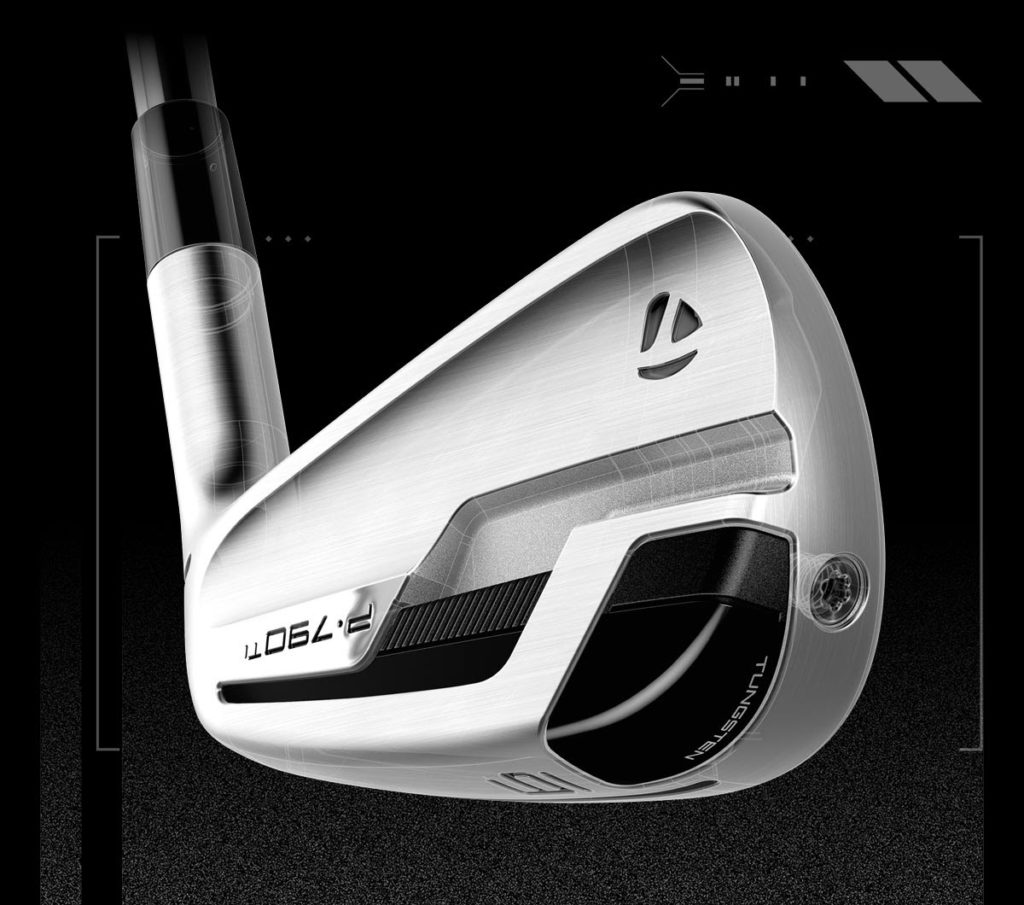In 1995, Callaway Golf launched The Great Big Bertha, the first mass-produced titanium golf wood. The product revolutionized the industry and today nearly every single wood is titanium construction.
However, as carbon fiber and other composites creep their way into the industry, will titanium find itself phased out?

Firstly, what is titanium? Titanium is a metal that is extremely strong, lightweight, corrosion-resistant, and thermally resistant. Compared to steel, titanium is slightly stronger, while being half the weight. Aluminum, a metal used in the aerospace industry for its high strength to weight ratio is comparatively only half the strength of titanium.
In the golf industry, this metal allows engineers to drastically reduce the weight of golf woods without compromising the structural integrity. By reducing the weight across the entire club head, engineers can then add tungsten weights strategically to increase the moment of inertia (MOI).
The newest wonder material in the golf industry is carbon fiber and graphite composites. These materials are stronger and lighter than titanium. Does this mean titanium can expect to be phased out over time? The short answer is no. Carbon fiber is an excellent material, but it has a few major drawbacks.

The first is that it does not especially impact resistant. Titanium is highly ductile. It can deform on impact and return to its original shape over and over again. Carbon fiber on the other hand risks cracking under extreme bending. This is why modern golf woods often use titanium faces and frames but have carbon fiber crowns. The carbon fiber can provide the necessary strength and rigidity around the clubhead, while the titanium can take the blunt impacts.
Some companies are combining carbon fiber and titanium to create new golf shafts. Both the Aerotech Ti-Fiber and Harrison Striper Titanium are graphite golf shafts that feature spun titanium fibers. These shafts have only been on the market in the last few years, but promise the advantages of both carbon composites and titanium.

Most recently, TaylorMade has released a golf iron with titanium construction. Similar to golf wood, TaylorMade is utilizing unique titanium construction to reduce the overall weight of the iron head. This enables them to then add tungsten weights to the sole and toe in order to increase the MOI and forgiveness of the head.
Due to the high wear resistance of titanium, you can expect these irons to hold up just as well as a standard steel iron. The feel vibration characteristics of the club will differ from normal steel construction. If you have not had the opportunity to try out these irons, we highly recommend hitting them!
Overall, Titanium has revolutionized the golf industry. Similar to tungsten and carbon composites, it is not the best material for every application. However, it is an excellent material that is not going away anytime soon!


2 Comments